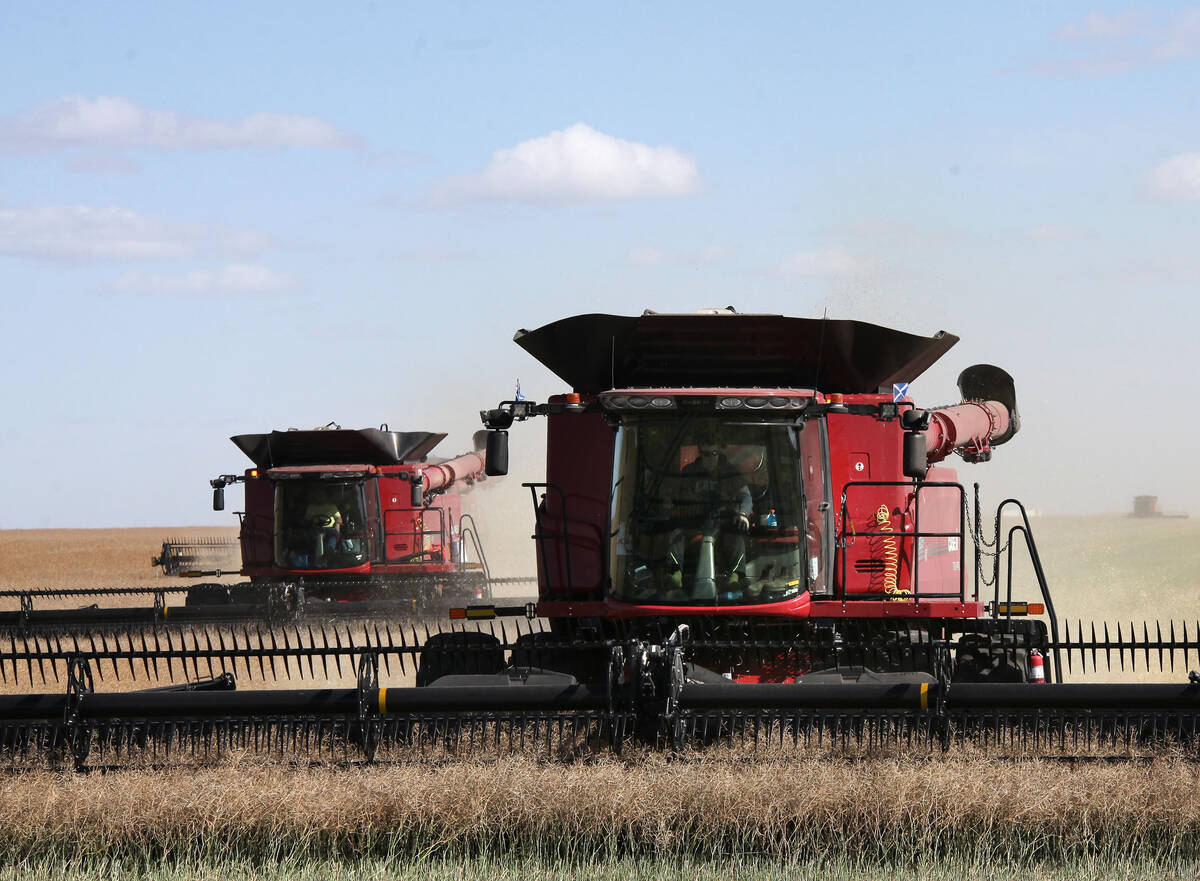Manitoba farmers have improved prospects to access the more-lucrative malting barley market, according to a recent study.
The report by the Canadian Malting Barley Technical Centre (CMBTC), in collaboration with the Manitoba Crop Alliance, says new Canadian malting barley varieties can be grown successfully in Manitoba.
With yields and quality comparable to the check variety — AAC Synergy — the study found new varieties including AAC Connect, CDC Fraser, CDC Copper, CDC Churchill and AAC Prairie are the next generation of varieties for Manitoba growers, the CMBTC said in a release Friday.
Read Also

Notable changes in exports to China, India
China and India figured prominently in the September export data issued by the Canadian Grain Commission on Nov. 7. For the most part, the CGC’s numbers highlighted issues with grain, oilseed and pulse exports from licensed facilities to those countries.
“The study showed that these new varieties offer good agronomics and the high end-use quality traits that are the hallmark of Canadian malting barley,” CMBTC managing director Peter Watts said.
According to the Manitoba Crop Alliance, total barley acres, whether for feed or malting, have declined over the last two decades on “a combination of disease concerns, market forces and difficulty to meet malting grade.”
That said, seeded acreage reports from Manitoba Agricultural Services Corp., the provincial crop insurance agency, have found Manitoba barley acres steadied in the years 2020 to 2023, at a level between 365,000 and 400,000.
Producers in Manitoba have struggled with diseases such as fusarium head blight in malting barley, but with improved disease resistance packages, better fungicide products and improved management practices, fusarium has not been a significant issue in recent years, CMBTC said.
Producers growing malting barley varieties have the option of both malting and feed markets. With a malt barley variety, farmers gain an additional 2.5 million-tonne market that they could not access with feed varieties, the centre said. As well, malt barley generally offers a premium of around $1 per bushel or more.
“Manitoba is one of the best barley producing regions in the world,” Manitoba Crop Alliance CEO Pam de Rocquigny said in the same release. “This success can be attributed to climate and geography, and our advanced farming practices.”
Barley is a good cereals crop option, as it provides many benefits when included in crop rotations. It can be planted early in the growing season and is both competitive and high yielding. Furthermore, including barley in crop rotations can provide flexibility during harvest, as it matures early, allowing harvest to be spread out between crop types, the centre said.
“In combination, these attributes make barley a great option for farmers,” says de Rocquigny.
Registrations of new malting barley varieties for producer use in Canada in recent years led to the need to evaluate those new varieties in field-scale trials, under Manitoba growing conditions, to provide data for that province’s growers on how new varieties could fit in their cropping systems.
More details from the CMBTC study can be viewed on the Manitoba Crop Alliance website.
Several companies in Manitoba source malting barley to supply domestic and international markets including CMBTC members Cargill, Richardson, Viterra, Malteurop and Boortmalt, among others.














